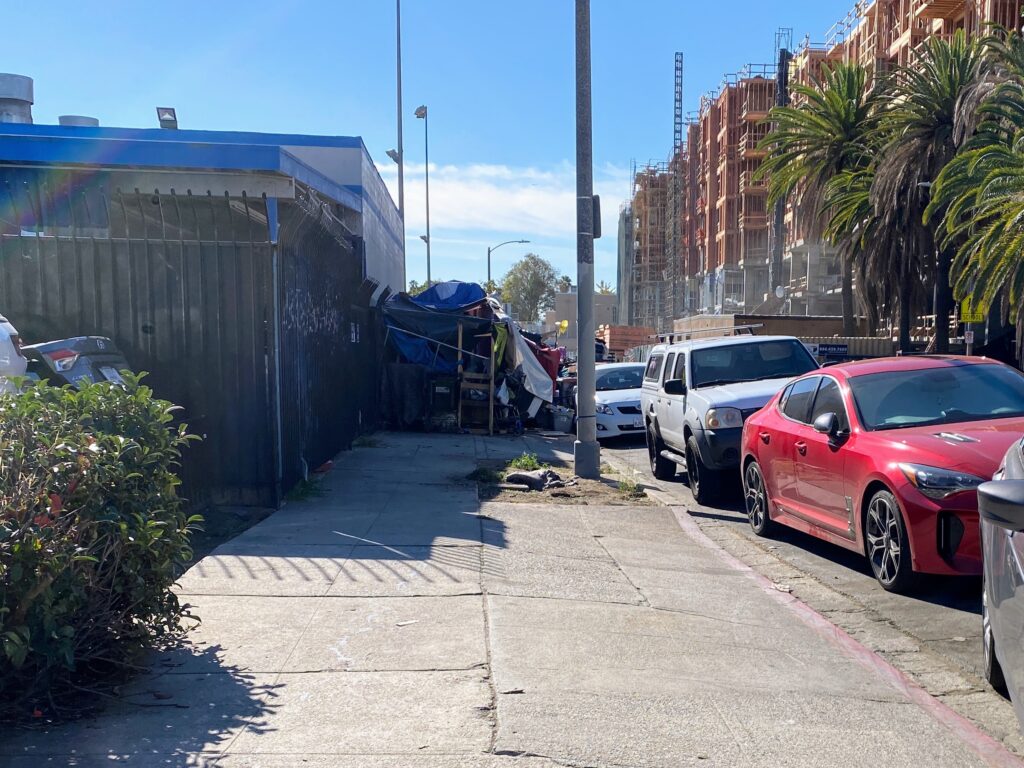
Credit: Pexels
Bullying against California’s Asian American and Pacific Islander youth remains stubbornly high — affecting nearly 1 in 5 ninth and 11th graders, just above the statewide rate for all students.
But we’re missing a big part of the problem if we continue to lump all Asian American students into a catch-all group. We’re not seeing which ethnic subgroups are most vulnerable. And what we can’t see, we can’t solve.
We recently disaggregated statewide bullying data from the California Healthy Kids Survey, collected annually between 2015 and 2021, to see what might be hiding in plain sight within our state’s 10 Asian American and Pacific Islander subgroups. What we saw in the data was troubling.
Nearly 1 in 3 Cambodian ninth and 11th graders were bullied based on their identity including race, ethnicity, gender or sexual orientation. This is 1.5 times the overall Asian American and Pacific Islander rate. Hmong, Native Hawaiian and Pacific Islander, and Laotian youth experience similarly higher rates. If we aggregated these groups into a catch-all group, their elevated risks would disappear from sight.
In another concerning trend for each of these ethnic groups, bullying rates initially declined between 2019 and 2020, but rebounded by 2021, often exceeding pre-pandemic levels. However, we don’t see this pattern for Asian American and Pacific Islander students as a whole. These rebounds are all the more critical to address because they may exacerbate the educational impacts of the pandemic. Research shows that bullying can erode academic achievement, increase absences and reduce mental health.
There is some good news in the data. We saw reductions in bullying if students had supportive adults and stronger connections at school. We also discovered several school districts that provided resources specifically tailored to Asian American and Pacific Islander students and their families. For example, the San Francisco Unified School District’s Asian American and Pacific Islander Resource Guide addresses anti-Asian racism and offers lesson plans and curriculum that uplifts the experiences and contributions of Asian American and Pacific Islanders across the state.
Based on our work, we recommend two starting points for schools and districts aiming to prevent and address bullying.
First, schools serving Hmong, Laotian, Cambodian, Native Hawaiian and Pacific Islander youth must figure out what is happening in these groups. If the statewide findings mirror local trends, then schools and districts should assess what kinds of anti-bullying resources are being channeled to these youth. Resources could include specific materials and outreach strategies tailored — culturally and linguistically — to students and families from specific Asian American and Pacific Islander groups.
Second, schools need to assess how they are creating inclusive and welcoming environments where students can form strong connections with supportive adults. Enhancing the school climate benefits not only Asian American students, but all students.
We know that schools are continually asked to do more with less. So we recommend that schools take stock of what they are already doing to build stronger connections rather than create something new requiring an entirely new set of resources.
Many schools strengthen teacher-student connections through existing schoolwide programs, like Positive Behavioral Interventions and Supports alongside curricula to support social and emotional well-being. Figuring out where there’s room for improvement within those existing programs is a step in the right direction. Schools should also evaluate how effective they are in intentionally building more positive connections for Asian American and Pacific Islander students.
Making schools more inclusive so that bullying is an exception, and not the norm, will require dismantling monolithic assumptions we hold of Asian American and Pacific Islander youth, digging deeper into subgroup data, and devising ways to deepen meaningful connections with our students. Such an approach will also help ensure we more fully recognize the diversity and humanity of these young people across our state.
•••
Kevin Gee, Ed.D., is professor at the UC Davis School of Education and a faculty research affiliate with the UC Davis Center for Poverty Research.
North Cooc, Ed.D., is an associate professor of special education at the University of Texas at Austin.
The opinions expressed in this commentary represent those of the authors. EdSource welcomes commentaries representing diverse points of view. If you would like to submit a commentary, please review our guidelines and contact us.



















